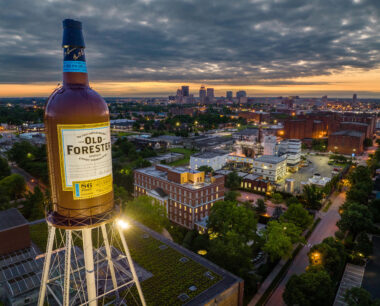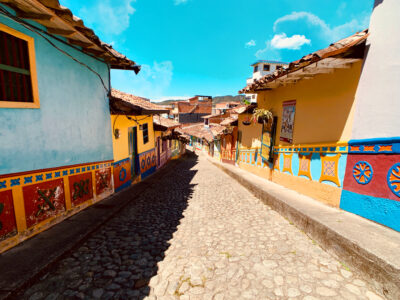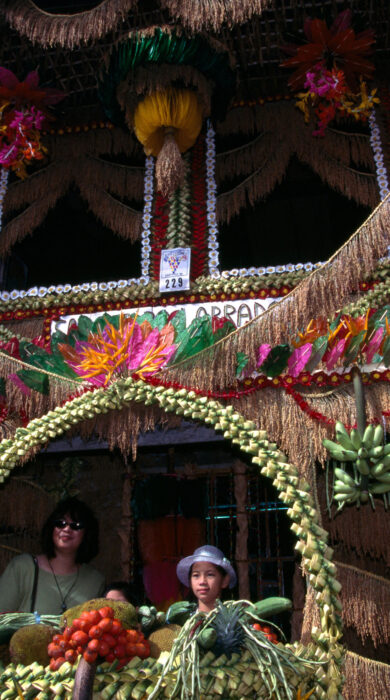
Everything you need to know about the Filipino harvest festival Pahiyas
Centred on Lucban in Quezon, locals decorate their homes with flowers, fruits and other produce every 15 May
The dry season between December and May is the best time to visit the Philippines, but fantastic weather isn’t the only motivator: Mid-May is also when the Pahiyas Festival happens.
Also known as the Lucban San Isidro Pahiyas Festival, the annual harvest festival transforms the towns of Quezon into rainbow-coloured spectacles.
While the festival has its origins in the 15th century, the modern festival we know and love dates back to 1963. Thinking about attending yourself? Here’s everything you need to know before you go…
A brief guide to the Pahiyas Festival
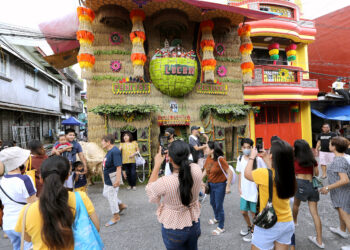
The Pahiyas Festival is the biggest and most colourful harvest festival in the Philippines, taking place annually to honour the patron saint of farmers, San Isidro Labrador. Most people head to Lucban, where the festivities originate, but smaller celebrations can be found across the province of Quezon, in towns such as Tayabas, Sariaya, Gumaca and Tiaong.
Come 15 May, locals decorate their houses with various fruit, vegetables, flowers and other produce, often in a stylistic design. Around 600 houses took part in 2022, with a PHP200,000 (£2,700) cash prize going to the most ornately decorated building. Kipings (a thin leaf-shaped wafer made from rice paper) and longganisas (a Filipino sausage) are also considered ornamental during the festival.
But beyond the beautification of houses, the highlight of the festival is the ‘Kalas’ procession, when people grab as much produce as they can from the decorated houses. It may sound mischievous, but it’s one of the most joyous parts of the festivals for both visitors and homeowners. The grand parade takes place in the afternoon, with marching bands, giant papier-mâché puppets, and people dressed up in their most colourful outfits.
Celebrations tend to last around two weeks, and there are plenty of competitions, cultural performances, exhibits, and fiestas throughout. In previous years, 200,000 people have visited Lucban, which is around a two-and-a-half hour drive from the capital Manila, for the Pahiyas Festival, so if you want to stay overnight, be sure to book a hotel well in advance.
History of the Pahiyas Festival
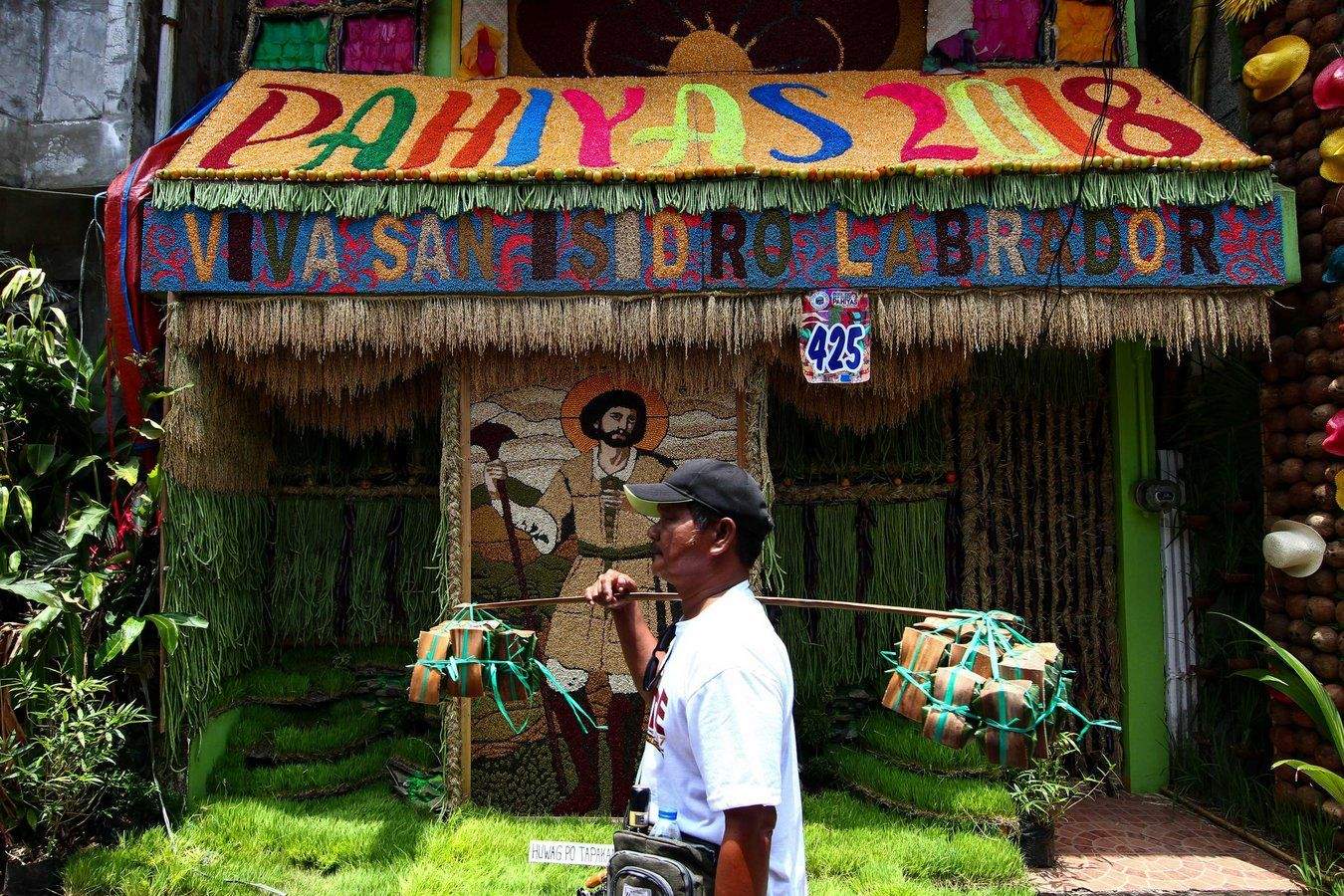
Origins of the festival date back the 15th century as an early thanksgiving ceremony. Farmers would bring their crops to the foot of Mount Banahaw as a celebration of a bountiful harvest. Over time, they began offering their produce to the church in honour of San Isidro. But as the tradition continued to grow, the churches did not have the facilities to keep the harvest offerings. Instead, farmers were asked to display their produce outside their own homes, and the parish priest would go door-to-door blessing each harvest.
As time moved forward, locals wanted to ensure their traditions will not be forgotten into the future. This is why in 1963, the Pahiyas Festival was official founded by Fernando Cadeliña Nañawa, president of the Art Club of Lucban.
Dishes to try during the Pahiyas Festival
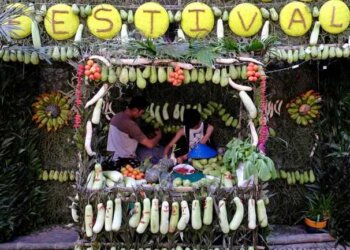
The festival is all about celebrating food, so make sure to get stuck into plenty of Filipino dishes while you’re here. Locals usually open up their homes and invite their neighbours and visitors to feast, dance, and socialise with them. These days, there are also plenty of street food vendors selling local delicacies.
We suggest tucking into pancit habhab (rice flour noodles stir fried with vegetables and meat), or Lucban pilpit, (a sticky, sweet treat made with rice flour and squash and dipped in caramelised sugar). Don’t go home without picking up a souvenir from the tiyangge (street market), including native hats, bags, and food parcels.
Read next: 6 under-the-radar places to visit in the Philippines

